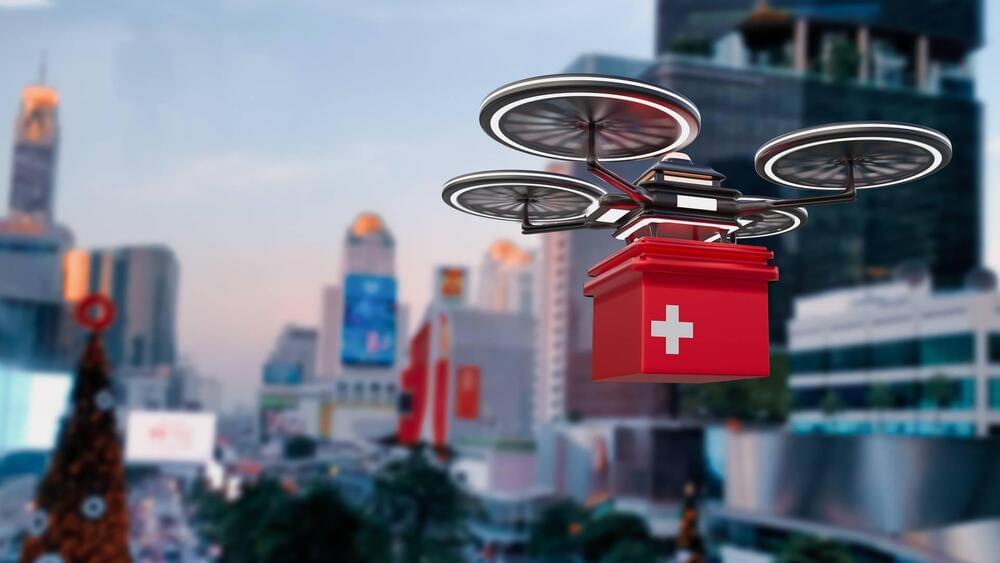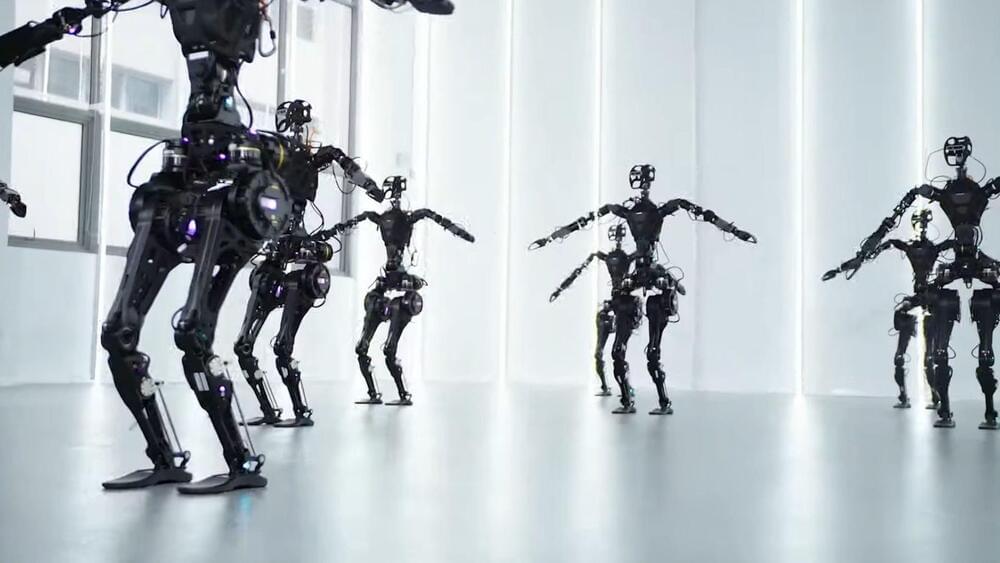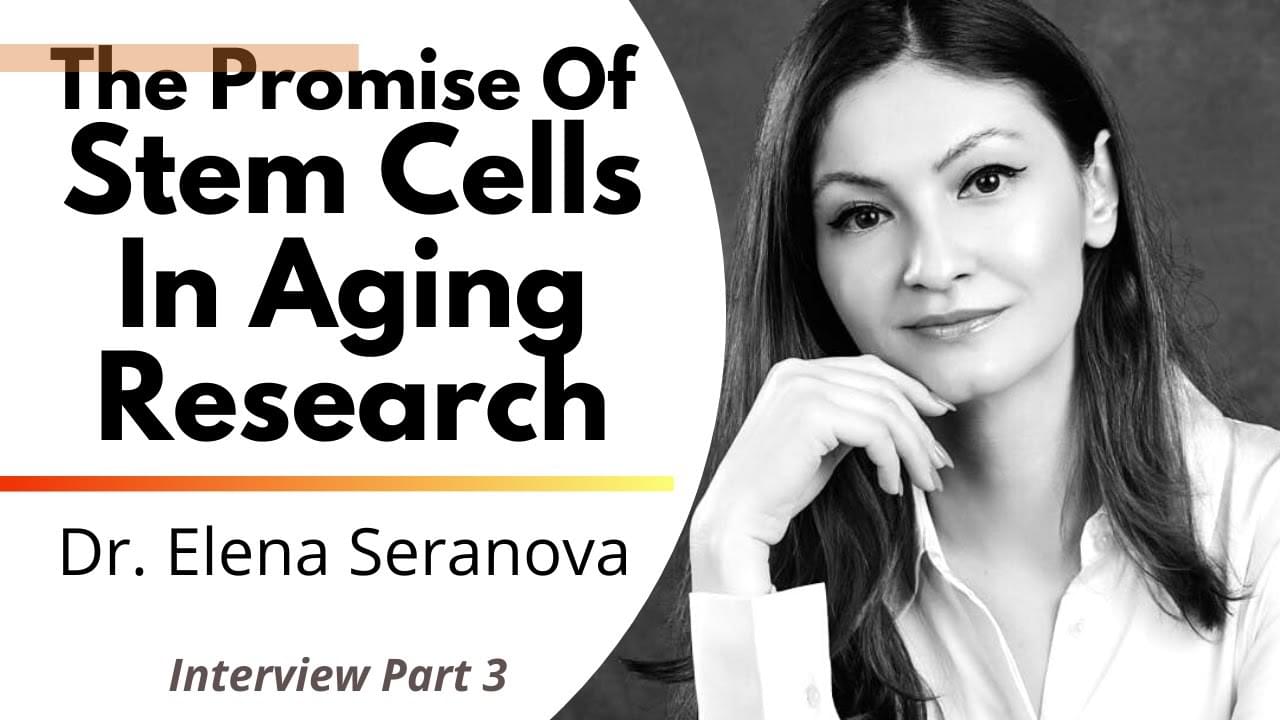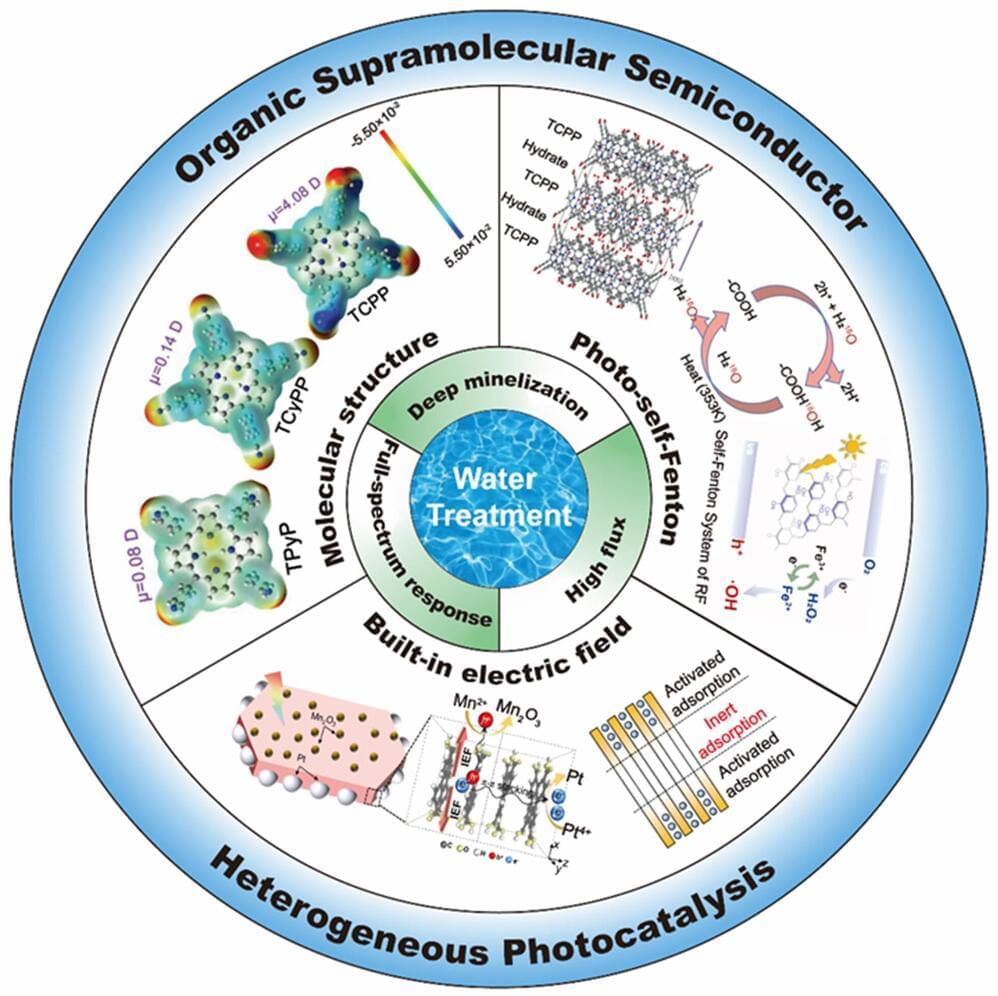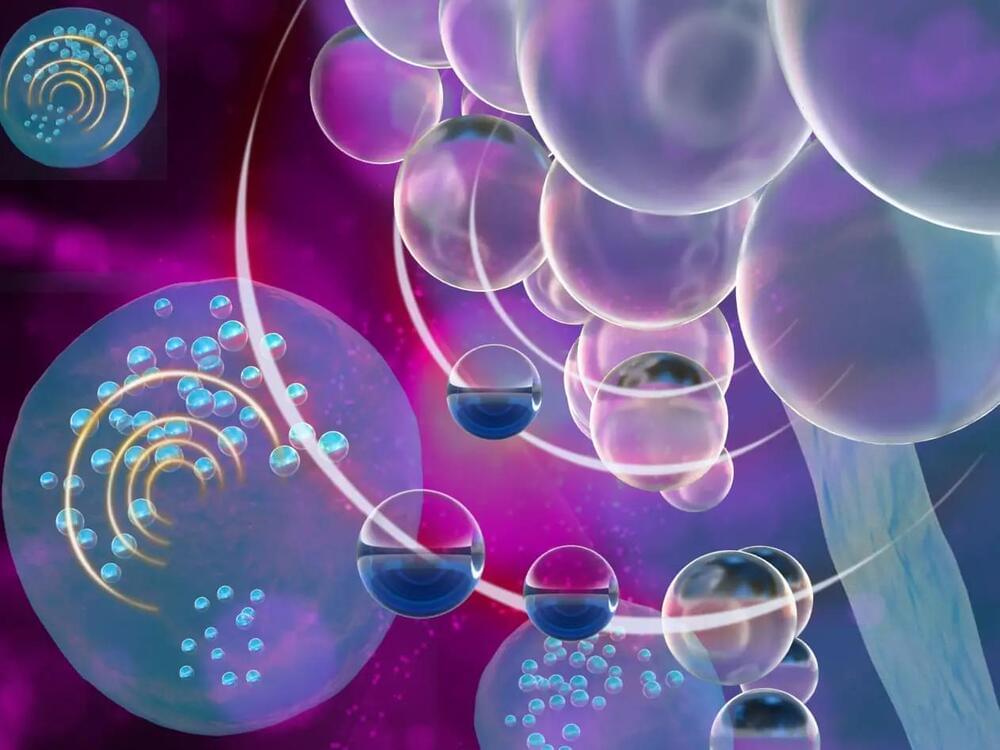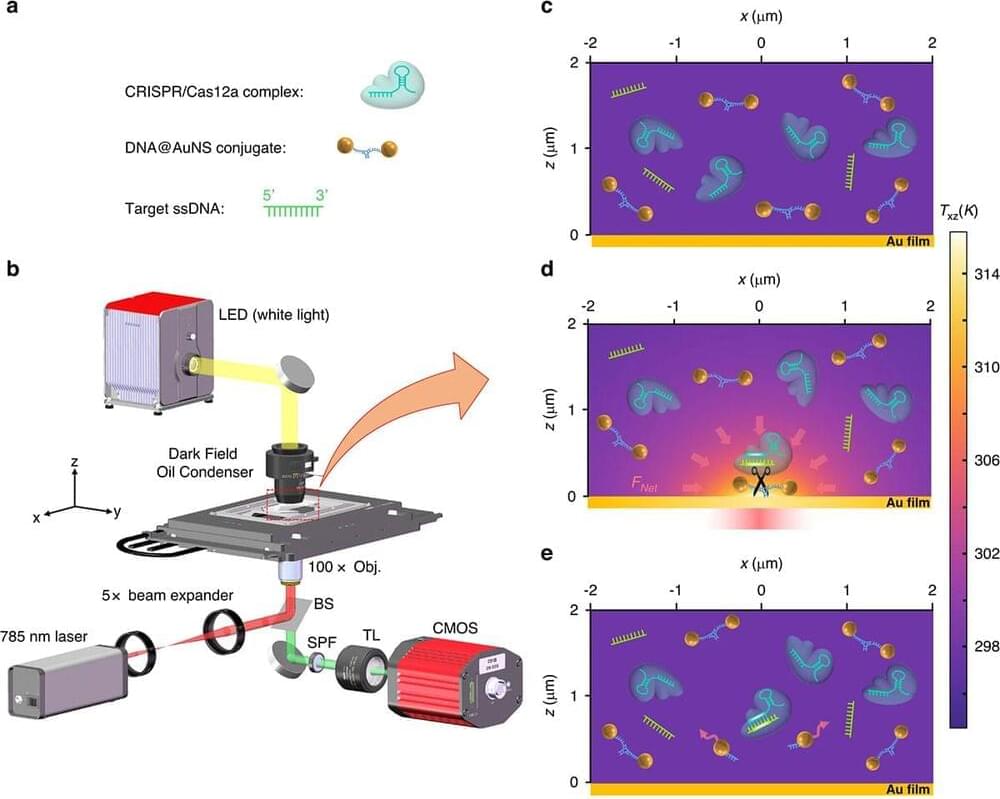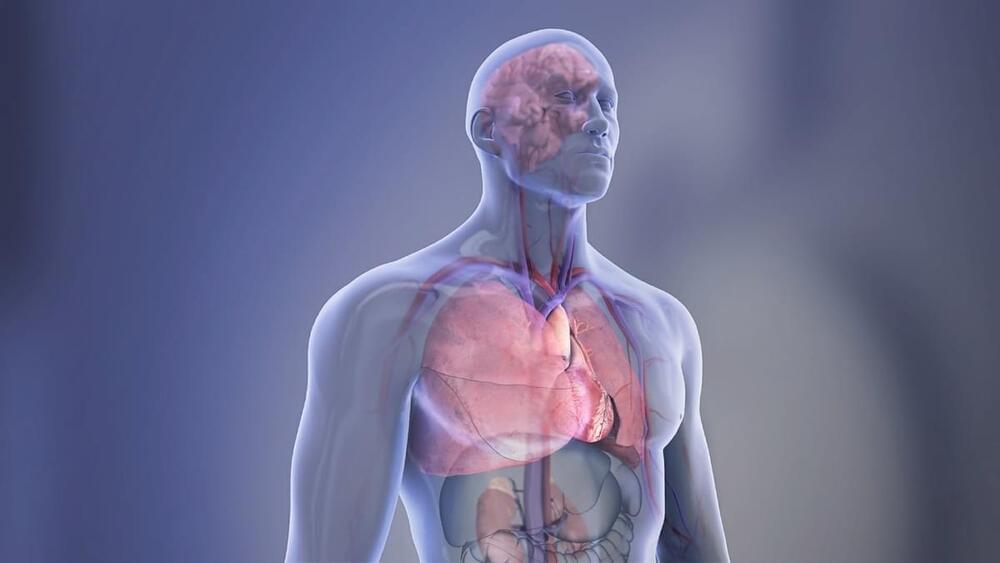Nov 23, 2023
NSF awards team $2M to develop faster and more efficient semiconductors
Posted by Chima Wisdom in categories: biotech/medical, computing
The COVID-19 pandemic supply shortfalls and geopolitical issues cast a bright light on the decline of semiconductor manufacturing in the United States, down from 37 percent of the global total in 1993 to about 12 percent now. The Creating Helpful Incentives to Produce Semiconductors and Science Act of 2022 (CHIPS Act) directed $280 billion in spending, with the bulk on scientific research and development.
America needs better computer chips.
Mobile devices are ubiquitous; we carry them around in a pocket or purse and use them for everyday tasks. However, they are connected to centralized servers and thus cannot learn much about or adjust to their complicated and changing environments independently.
